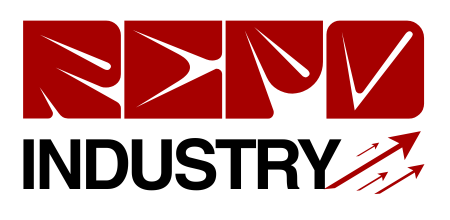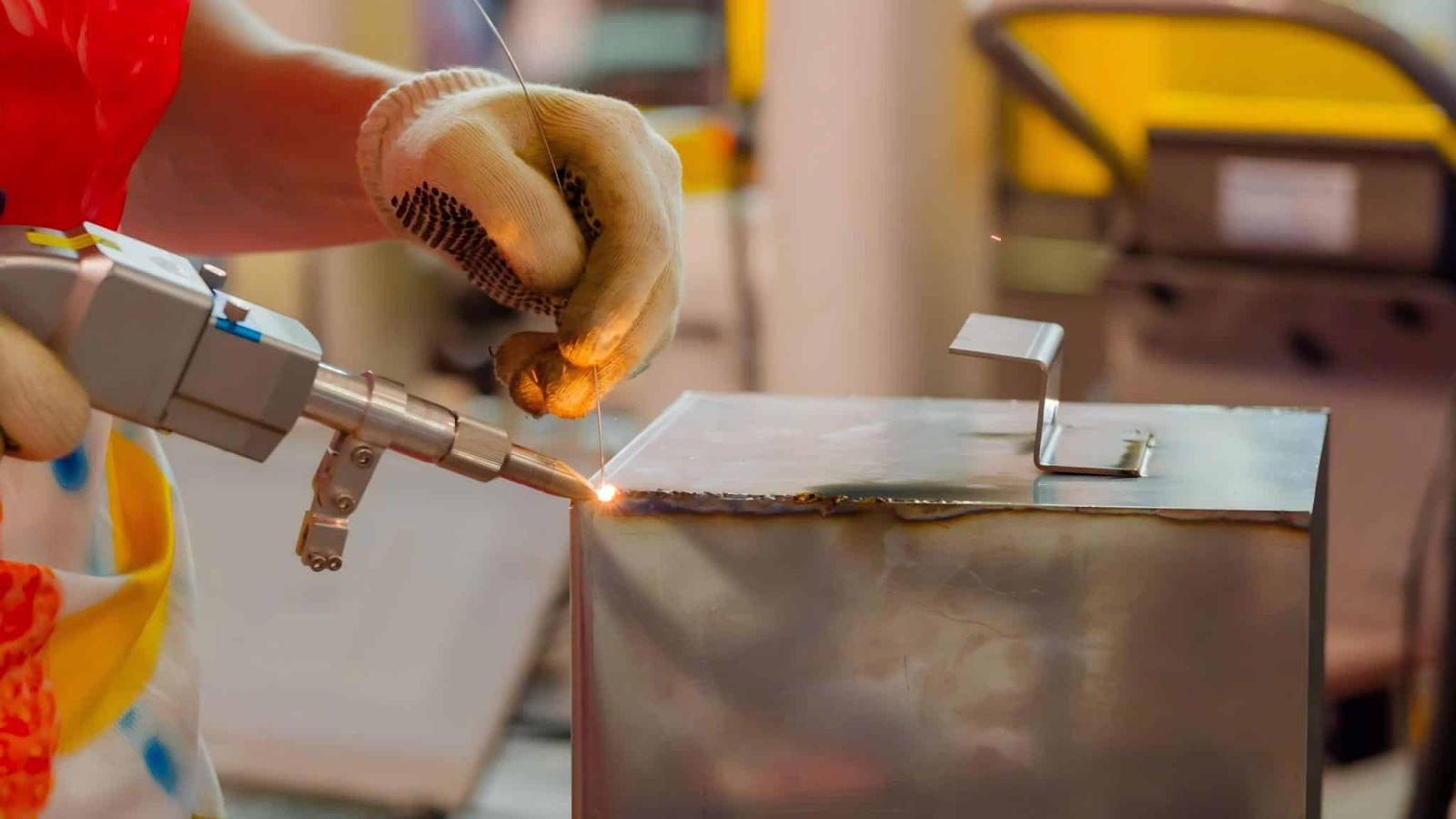Welding technology has advanced greatly, and fiber lasers are transforming the industry. Fiber laser technology offers a game-changing solution if you’re looking to boost productivity while maintaining precision and quality. Its ability to deliver faster welding speeds and exceptional accuracy makes it a top choice for modern manufacturing.
In this article, you’ll discover how fiber lasers enhance welding efficiency, improve overall quality, and reduce production costs. Understanding this innovative technology can give you a competitive edge in today’s fast-paced market, whether in automotive, aerospace, or heavy machinery.
Understanding Fiber Laser Technology
Fiber laser technology plays a critical role in modern welding applications. Its precise design and operation make it more reliable and efficient than traditional welding.
What Is Fiber Laser Technology?
Fiber laser technology involves lasers that generate a high-power beam through optical fibers. The key distinction is how the laser light is transmitted and amplified within the fiber core, which consists of rare-earth elements like erbium or ytterbium. This mechanism converts electrical energy into an intense, focused light source capable of handling extremely fine or complex welding tasks.
Compared to CO₂ lasers, a Fiber laser welder provides greater energy density, making it suitable for cutting or welding reflective materials such as aluminum and brass. For example, a typical Fiber laser welder operates at wavelengths around 1,070 nanometers, enhancing its ability to weld a wider range of metals precisely.
Key Advantages of Fiber Lasers in Welding
- Higher Efficiency
Fiber lasers consume less electricity per unit of welding output. In comparison to traditional lasers, they achieve energy efficiency rates often exceeding 30%
. - Precision and Quality
These lasers produce a consistent beam quality, reducing defects like porosity or uneven seams. Industries like aerospace often use them to create flawless joints in high-performance components.
- Minimal Maintenance Requirements
Fiber lasers use solid-state modules with no moving parts, lowering the chances of machine downtime. This feature contributes to their durability, with lifespans typically surpassing 50,000 operational hours.
- Versatility Across Materials
Materials such as stainless steel, copper, and titanium are weldable using fiber lasers. In the automotive industry, lightweight alloys are commonly processed to improve fuel efficiency standards. - System Compatibility
Fiber lasers integrate seamlessly with robotic systems and automation setups. This functionality enhances productivity in large-scale manufacturing lines.
These qualities position fiber lasers as an optimal choice in scenarios demanding speed and precision. Automotive manufacturers, for instance, benefit from increased output speeds without compromising weld integrity.
| Specification | Fiber Laser | Traditional Lasers |
|---|---|---|
| Energy Efficiency (%) | 30-40 | 10-15 |
| Lifespan (Hours) | >50,000 | ~20,000 |
| Operating Wavelength (nm) | 1,070 | 10,600 |
| Maintenance Requirements | Low | High |
Considering these specifications, you can evaluate how fiber laser technology addresses speed and quality in welding projects.
Impact of Fiber Lasers on Welding Speed
Fiber lasers influence welding speed significantly by delivering precision and high energy density for faster processing. This technological improvement reshapes production timelines, particularly in industries requiring volume and accuracy.
How Fiber Lasers Enable Faster Welding
Fiber lasers generate a concentrated beam with a smaller spot size compared to other laser types, like CO2 models. This narrower focus allows quicker heat input into the material, causing efficient and swift melting.
High beam quality minimizes heat dispersion, reducing setup times and limiting the thermal impact on surrounding areas. When working with materials like stainless steel or aluminum, fiber lasers excel because they maintain consistency at higher speeds with reduced distortion.
Fiber lasers’ compatibility with automated systems, including robotic platforms, leads to further acceleration. These systems process complex designs by combining high-repetition pulses and real-time adjustments, boosting throughput for intricate components.
Case Studies on Improved Productivity
Evidence from various sectors illustrates the substantial impact of fiber lasers on productivity. In the automotive industry, manufacturers transitioning to fiber lasers have reported cutting welding cycle times by up to 50%, especially for lightweight materials like aluminum. The aerospace sector notes improvements in weld seams on titanium alloys, with speeds increasing by approximately 40%.
Table: Productivity Improvements with Fiber Lasers
| Industry | Material Usage | Speed Increase |
|---|---|---|
| Automotive | Aluminum, Mild Steel | Up to 50% |
| Aerospace | Titanium, Superalloys | ~40% |
| Heavy Machinery | High-Strength Steel | ~35% |
Contrasting traditional laser methods like Nd:YAG, fiber lasers require less maintenance downtime and operate at higher outputs. A European steel manufacturer experienced a 30% faster production on welding lines without compromising accuracy, demonstrating their efficiency in heavy-duty settings.
You’ll see measurable benefits in sectors where precision and speed are paramount.
Enhancing Welding Quality with Fiber Lasers
Fiber lasers contribute significantly to welding by improving consistency and reducing defects. Their performance allows you to achieve a higher quality standard across various materials commonly used in manufacturing.
Consistent Precision and Accuracy
Fiber lasers deliver repeatable precision due to their stable beam parameters. The focused laser spot remains consistently small, which permits controlled heat application.
This stability reduces inaccuracies that might occur with other welding methods. For instance, welding aluminum sheets with a 1-2 mm thickness often results in cleaner seams with fewer post-welding adjustments.
Compact laser designs help maintain accuracy even during prolonged operations. Unlike older systems, these modern machines function with minimal drift over extended use.
Reduced Thermal Effects on Workpieces
Using fiber lasers minimizes heat-affected zones (HAZ), which preserves material properties. The focused energy allows rapid melting and solidification.
This localized heating often benefits materials like stainless steel or titanium, where maintaining structural integrity is critical. For example, components for the automotive and aerospace industries frequently require reduced thermal distortion to comply with strict performance standards.
Fiber laser systems also limit thermal stress and prevent warping on thinner workpieces like 0.8 mm automotive outer-body panels. This reduces rework and material wastage in production environments, improving overall efficiency.
Applications of Fiber Lasers in Industry
Fiber laser technology has become integral in manufacturing, offering speed, precision, and adaptability across various industries. Its ability to handle diverse materials and processes has significantly broadened its scope of applications.
Automotive and Aerospace
Fiber lasers are pivotal in automotive and aerospace manufacturing due to their precision and efficiency. Lightweight yet strong materials such as aluminum and titanium are frequently used in these industries. Denaliweld fiber lasers excel here because they produce concentrated energy beams that minimize thermal distortion and deliver high repeatability.
In the automotive sector, laser welding enhances the assembly of vehicle bodies and components. For example, they improve efficiency in high-speed welding of aluminum panels, reducing production times. A notable achievement in this industry involves sealing EV battery compartments, where fiber lasers provide consistent and high-quality welds to improve battery reliability.
In aerospace, the need for accurate and defect-free joints is critical. Fiber lasers join titanium parts in aircraft structures, delivering clean welds that meet stringent safety and quality standards. For instance, welding turbine components benefits from the lower heat-affected zones (HAZ), preserving material strength and geometric integrity.
Electronics and Medical Manufacturing
Industries like electronics and medical device production demand precision at smaller scales. Fiber lasers meet these requirements exceptionally well by offering fine control over beam intensity and focus, allowing for intricate processes.
In electronics, manufacturers use fiber lasers for tasks such as soldering circuits and micro-welding connectors. For instance, in smartphone production, these lasers weld thin metal sheets without damaging sensitive components nearby. This minimizes defects in large-scale production while reducing material costs.
The medical industry uses fiber lasers to fabricate surgical instruments and implantable devices. For example, they create clean, precise welds in stainless steel and titanium used in pacemakers or stents. Their accuracy and minimal thermal input are critical for maintaining the biocompatibility of materials while avoiding contamination during production.
Fiber laser technology’s adaptability aligns with the high standards in both industries. It consistently delivers reliable results, meeting the growing complexity of modern manufacturing tasks.
Conclusion
Fiber laser technology revolutionizes welding by delivering unmatched speed, precision, and efficiency. Its ability to handle diverse materials and integrate seamlessly with automation makes it an indispensable tool in modern manufacturing. While the initial investment may seem significant, the long-term benefits in productivity and quality far outweigh the costs. Adopting fiber lasers positions your operations for greater competitiveness and success in an ever-evolving industry.
YOU MAY ALSO LIKE: Laser Welding Machine Cost











